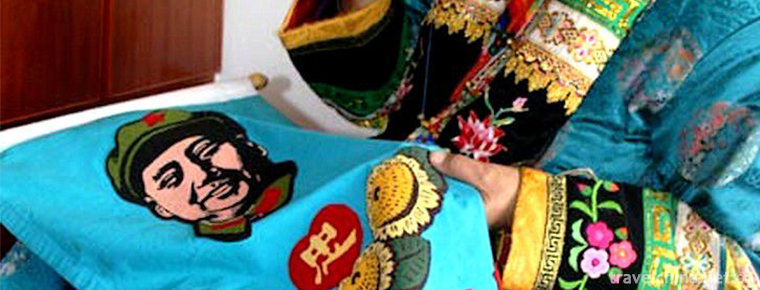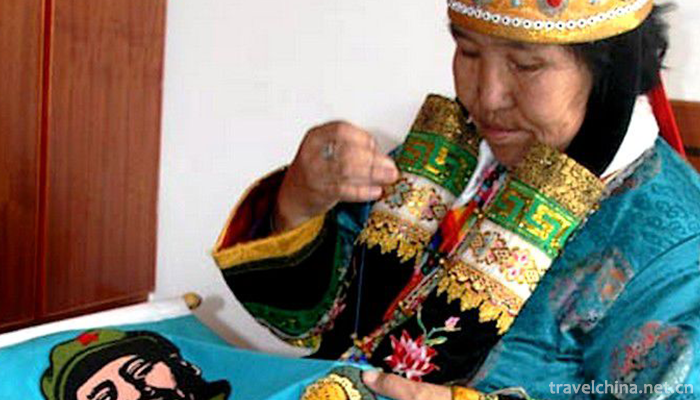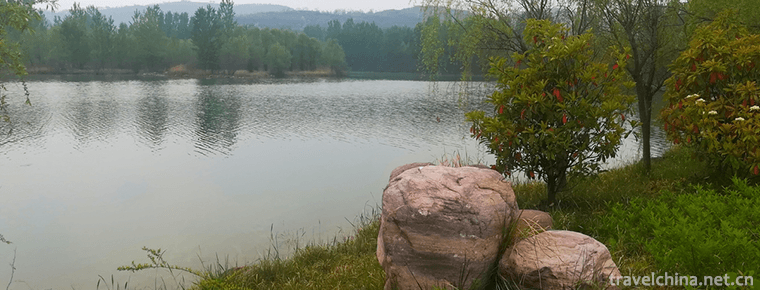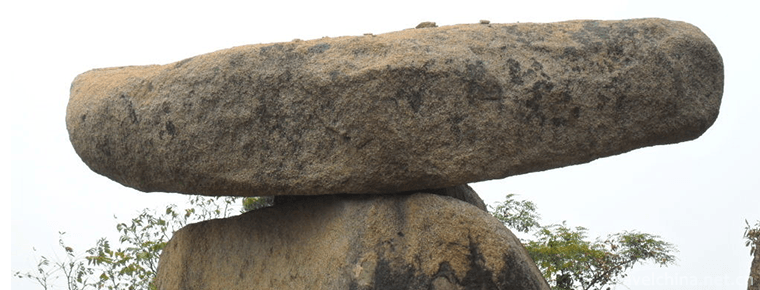2019-01-08

- By ChinaWiki.net
- Chinese Edition
- 2019-06-03
Mongolian embroidery
Mongolian embroidery is a kind of handicraft craft formed in the long-term production and life of the Mongolian people in China. Mongolian embroidery not only embroiders on soft fabrics, but also embroiders on hard fabrics such as wool felt and leather boots with camel wool thread and cattle tendon. From the point of view of embroidery needle method, the thimble used by Mongolian women in embroidery is different from that used by working women of farming nationalities. Mongolian embroidery art wins with dignity and simplicity. The applique method of its large fabrics, rough and symmetrical stitching, bright contrast color, give people a sense of fullness and fullness. In 2008, it was selected as the second batch of national intangible cultural heritage catalogues in China.
Inheritance mode
Since ancient times, there have been traditional customs in Mongolian women who are good at embroidery. In ancient times, both Mongolian noble women and poor women learned to master embroidery. Mongolian girls learn embroidery from an early age and master the skills of needlework at home. Of course, this kind of learning is not guided by special schools and teachers. It is mainly inspired and trained by mother's skilled needlework and embroidery. Girls began to learn embroidery from their teens. They embroidered various purses and socks at the beginning. When they mastered certain embroidery methods at the age of fifteen or sixteen, they began embroidering various kinds of flower shoes and mohair boots. At the same time, they could cut various clothes. Some smart and capable girls were not satisfied with the embroidery skills they had learned from their mothers, so they sought advice from some skilled embroidery experts in the village, who called them sisters and from her. They patiently learn all kinds of superb embroidery skills, sew all kinds of clothes and hats, learn how to embroider all kinds of sleeves, skirts and earmuffs, embroider all kinds of flowers, birds and animals on all kinds of substrates, and all kinds of patterns they like. Some girls are praised by the people around them for the beauty of embroidery, and at the same time arouse the admiration of other girls. The clothes and hats, flower shoes, boots, needles, bowls and bags, pillowcases, saddles, dense sewing felt (embroidered felt), door curtains and other daily necessities used by the Mongolian people are carefully designed and embroidered with their own hands. Therefore, the workload of embroidery and needlework in the families of Mongolian girls and women is very heavy.
In ancient Mongolian society, there was no sale of clothes and hats and other daily necessities. All kinds of articles and embroidery were borne by women in every family, because they were made according to different objects and physical conditions. When the daughter of the family is seventeen or eighteen or twenty years old, when her embroidery ability is relatively skilled, she should learn embroidery further and teach her family at the same time. Before getting married, she should make a pair of "Spuden Gautura" for everyone in her mother-in-law's family. This kind of "Spuden Gautura" is a gift that she brings to her mother-in-law's family. From the general family, she also has to make more than fifty pairs of shoes and boots. The boots, especially for the groom, should be made more carefully. Their shapes and patterns are also very exquisite. The embroidery skills are also very fine. At the same time, the groom should be meticulously embroidered with eight fluttering cigarette purses, which were made before he got married. (These habits are particularly prominent in the eastern Mongolian Banner County.) The embroidery of these boots is often used to measure the girl's intelligence and ability.
In the use of patterns, each nation has its own characteristics. Because of its own customs and habits, each nation often gives a particular flower and pattern a special meaning, and thus produces a special interest. When embroidering, Mongolian people often choose their favorite patterns, various pan-sausage patterns, apricot, peony, Jiangxi wax, lotus, peach, fish, horse, deer, butterflies and birds, as well as all kinds of patterns (Tumen He) and so on. Some more sophisticated families also embroidered tents, bedding sheets, and some girls in some areas wore green flower shoes when they married to symbolize the prosperity of the grassland.

Ask a Question
Your email address will not be published.



0 Questions